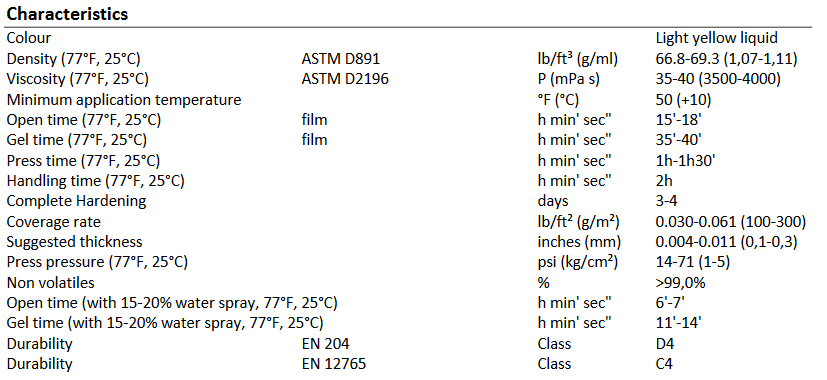| Availability: | In stock (8) |
DUNABOND HDU Adhesives are designed for today’s craftsmen and signmakers to bond HDU and other materials. Eliminate the need to stock multiple products in your shop – DUNABOND has been specifically designed for bonding CORAFOAM® HDU, but can also be used to bond virtually any material.
Ideal when a shorter working time is desired, DUNABOND 3206 is a solvent-free, waterproof, single-part urethane adhesive with a working time of 15-18 minutes.
Common materials that can be bonded with DUNABOND include:
DUNABOND are flexible, structural adhesives that can withstand temperatures from -40°F through +176°F. Flexible adhesives offer a benefit over rigid adhesives in that, in addition to bonding, they can also be used to fill, seal, waterproof, reduce vibrations and absorb the expansion and contraction of different materials. They can also easily adapt to critical environmental conditions, from very cold to very hot temperatures.
Surface Preparation
In most cases, a thorough cleaning is enough for DUNABOND polyurethane adhesives. Remove all traces of dust, dirt, grease or any other loose material. Materials other than HDU may require one or more of these additional steps:
